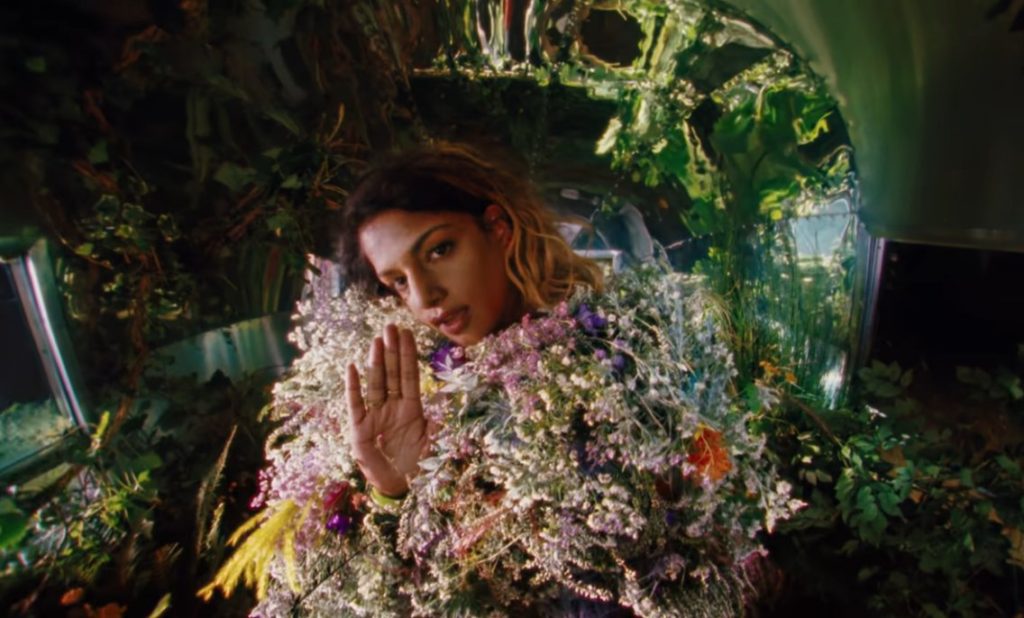Movies are a main source of entertainment for everyone. Whether you’re an avid cinema buff or just a blockbuster type of viewer, you’ll always find yourself taken aback by visuals and similes in one scene that makes you rethink everything and indulge in the pure aesthetic of it all. The same goes for music videos or any type of visual art. One of these fascinating imageries is a human turning into a plant. Setting still in a vegetative state. But what does that always overlooked imagery mean? Where can it be found and most importantly does it exist in Arab films?
Vegetation in Western Projects
Without Love – 2017
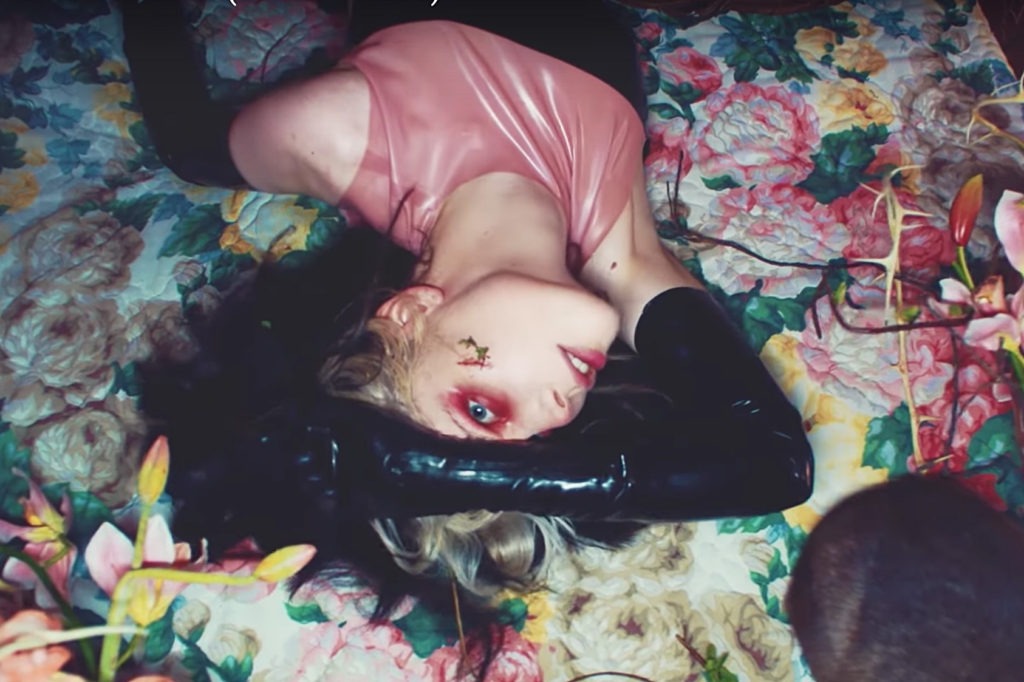
One of my favorite music videos ever, jarring and aesthetically pleasing. The song “Without Love” by the singer, Alice Glass, and the music video, directed by the ever so talented household name Floria Sigismondi. She clarified the meaning of nature and flower engulfed settings throughout the entire video. She told The Fader, “I like the idea of something beautiful and dark living simultaneously in the same place, ‘Without Love’ has those themes. There are also themes of losing yourself, being told how to be, what to say (‘tell me what to spit’). The garden vines are a metaphor for this.”
But what’s more thought-inducing is the last shot before the fade to black ending of the music video. It’s where we see Alice covered in the most beautiful array of white flowers and it is all happening too fast. Over the span of a couple of seconds, we the viewers can’t tell if she is being engulfed by the vines or morphing into them? This may be a hint at the feeling of losing all that makes a human. Rendered petrified, immobile, biologically alive yet still unfortunately soulless due to the fact that the human in question is left ‘without love.’
Annihilation – 2018

Starting with a really well-constructed vegetation imagery that might be the strongest one in terms of hinting at the meaning behind it. In “Annihilation,” a sci-fi movie directed by the famous Alex Garland and adapted from the novel by the same name, written by Jeff VanderMeer. In the movie, an outer space threat hits planet earth damaging a significant area of land. Inclosing it in some sort of prism dome, genetically altering everything inside it to the core. In one specific scene, one of the team members sent on a mission to uncover this area, turns into the most beautiful tree of flowers. The turning symbolizes the loss of all that makes us human, biologically alive but missing the essence of what makes the character alive, a soul.
The meaning of the imagery is emphasized or hinted at by the dialogue between the late character and the main character having a heart to heart about what it means to be human.
Midsommar – 2019
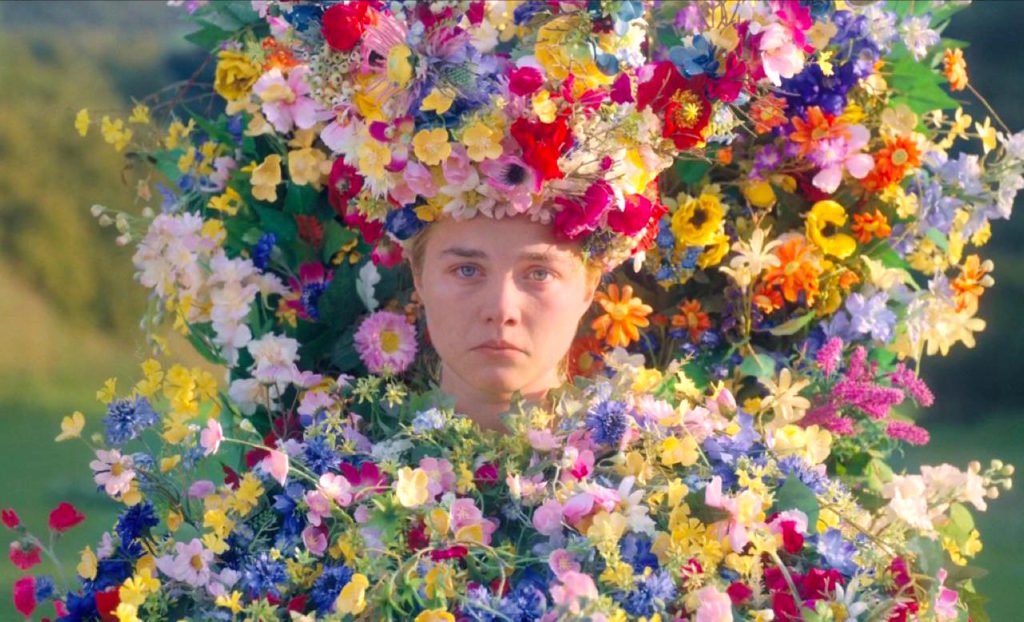
Who can forget about the slow burn art-horror film “Midsommar”? I know I can’t. The movie unofficially solidified the trope “good for her” amongst cinema buffs. It was astonishing from beginning to end. Oh what an end it was, the main character bitterly smiling as the hut burns to the ground, dressed in the most beautiful flowers from head to toe. The imagery here might be the opposite of the previous two since we saw the character struggling with her emotions all along, up until the very end where her feelings “blossomed” and she is finally free of the debilitating toxic relations. Guess you could say the character is finding or resurrecting her soul rather than winding up soulless. Meaning that the vegetation imagery can have a double meaning depending on how the artist uses it.
Are There Really Any Vegetation Imagery in Middle Eastern Projects?
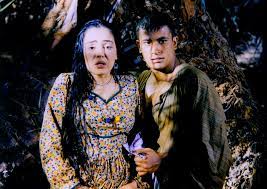
We still yet haven’t seen this specific beautiful imagery used in Arab or MENA region films. Plants might be used symbolically to portray a certain collective emotional state or ideology, however, this state is not explored as blatantly as it is in Western entertainment. Here’s a look at some of the Middle Eastern films that have barely scratched the surface of the notion of vegetation.
Vegetation in Middle Eastern Cinema
Arak el Balah (Date Wine) – 1998
The movie is set in an oasis in the south of Egypt. Plot aside, there is this escalating scene where the main character dies at the palm tree. This palm tree throughout the movie has been hinted at through dialogue and still shots symbolizing its people. When it grows, they thrive. When it’s cut, they die.
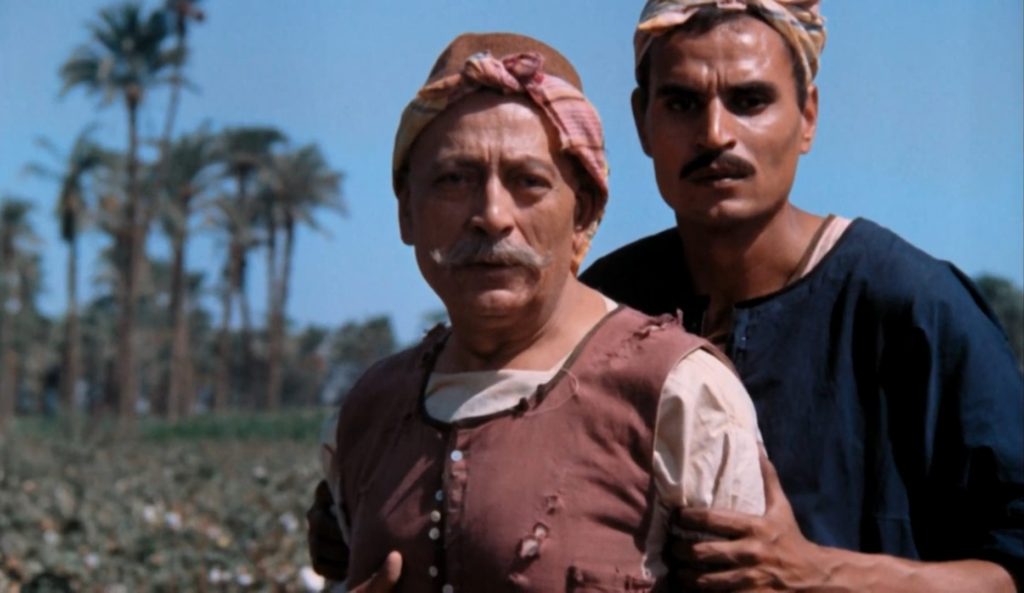
El-Ard (The Land) – 1969
Another example also from Egyptian cinema is the 1969 iconic movie, “El-Ard” or “The Land.” Directed by non-other than Youssef Chahine. It is a melodramatic tale set in the south of Egypt as well. In it, a very dramatic scene where the main character is dragged by the ankles while scratching the land with his hand and the soil and plants keep slipping through his fingers in an outstanding symbolism to his land being taken from him by force. This makes the whole imagery fall under the same category as “Date Wine” where the land and the byproduct of it, the plants, are a part of the identity of the character more than it is a mirror to an emotional state the character is in.
Through these metaphors, we see the visual arts in the MENA region barely breaking the surface of the vegetation imagery meaning and leaving us craving more.
This meaning might be hinted at by various other imageries but I don’t think anything measures how vegetation hammers the nail on its head when it comes to showing emotional turbulence.


